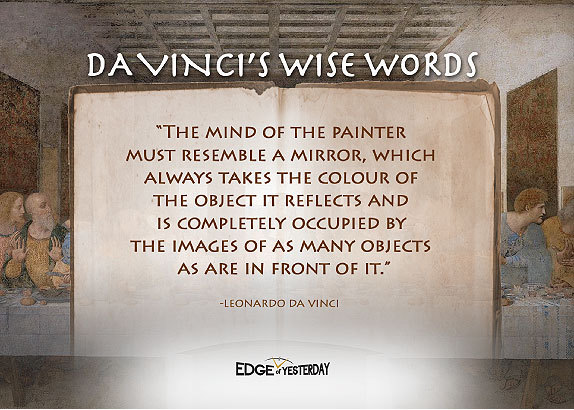Virtual Reality: A Matter of Perception
Think VR and AR are new technologies? Low-tech versions have existed for centuries.
Virtual reality refers to technologies that extend human perception and enable us to act and interact in an artificial environment, a technique to create simulations that represent a scene in three dimensions.
While we have found artificial ways to create virtual worlds with such technologies as Oculus Rift are refinements of such 19th century technologies as the stereopticon, a slide projector or "magic lantern" with two lenses that dissolve between images when projected.
As a painter, Leonardo was determined to capture on canvas precisely all the details he could discern through his eyes. Da Vinci, the anatomist, went so far as to search for the mechanics of sight by dissecting eyeballs, and reconstructing the path of vision through his experiments. He experimented through his own eyes by looking at subjects first with one eye, then with two—to capture with clarity the details of his subjects.
The two-dimensional mode of painting and drawing frustrated him. He could not capture perfectly the three-dimensional nature of the world he observed around him. As any artist, he was able to render, through light and shadow on canvas. Nor could he manage to render perspective accurately on the two-dimensional surfaces he painted on, although his artistry came as close to capturing reality as any artist of his day—or even ours.

What the artist attempts to accomplish, as do VR and the stereopticon, is to trick the mind into the illusion of seeing one reality—even where there are multiples superimposed on the other. In other words, Leonardo was intent on drawing those seeing his paintings into a world realistic enough to trick the mind into believing it was as real as our own.
Want to Learn More?
- Heydenreich, Ludwig Heinrich. "Leonardo Da Vinci" Encyclopedia Britannica, 11 Apr, 2019. http://www.britannica.com/biography/Leonardo-da-Vinci/Anatomical-studies-and-drawings. Accessed on 6 Jun, 2018.
- "The Science of Virtual Reality" The Franklin Institute, 26 Aug, 2017. http://www.fi.edu/virtual-reality/the-science-of-virtual-reality. Accessed on 6 Dec, 2017.